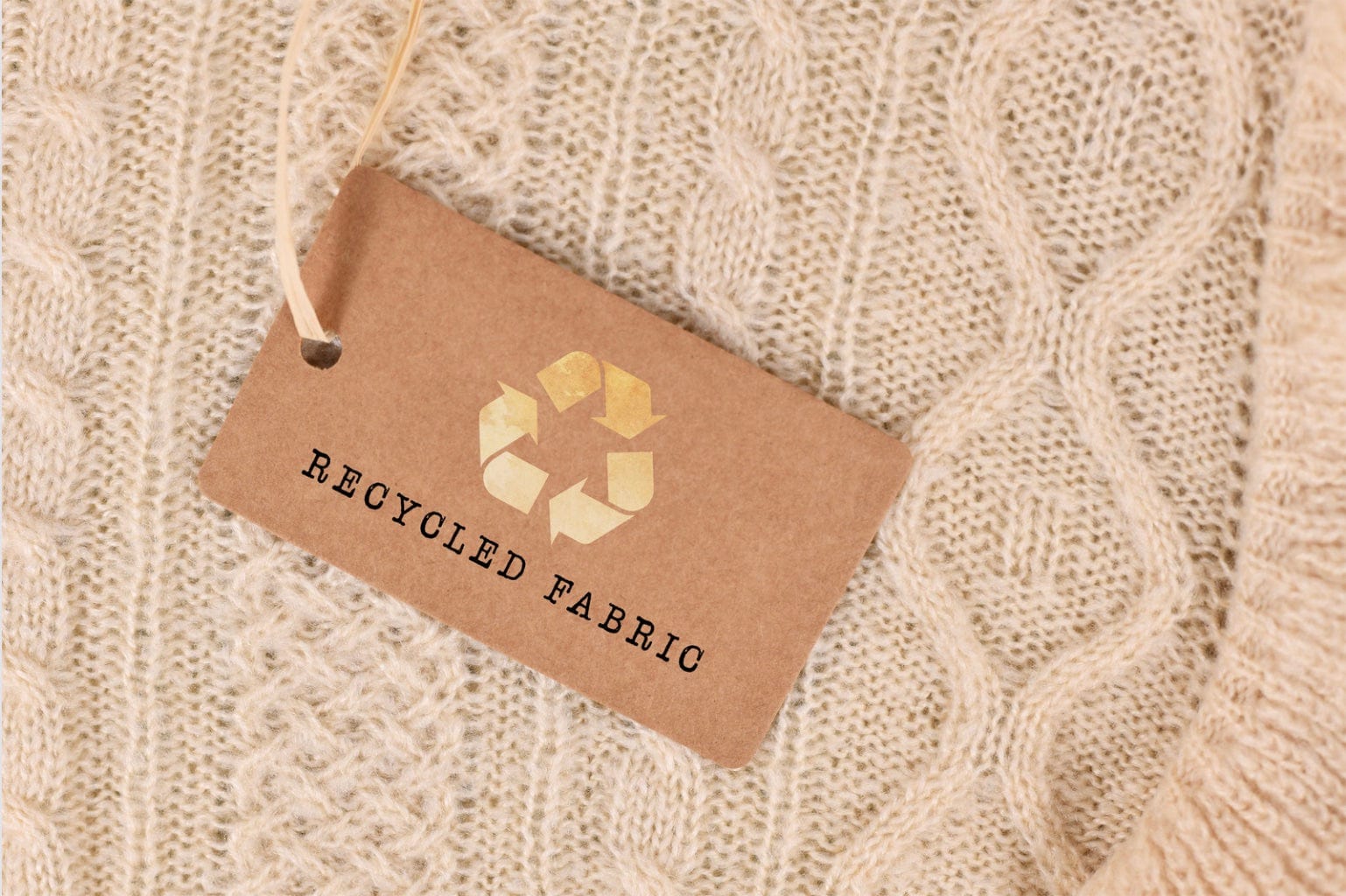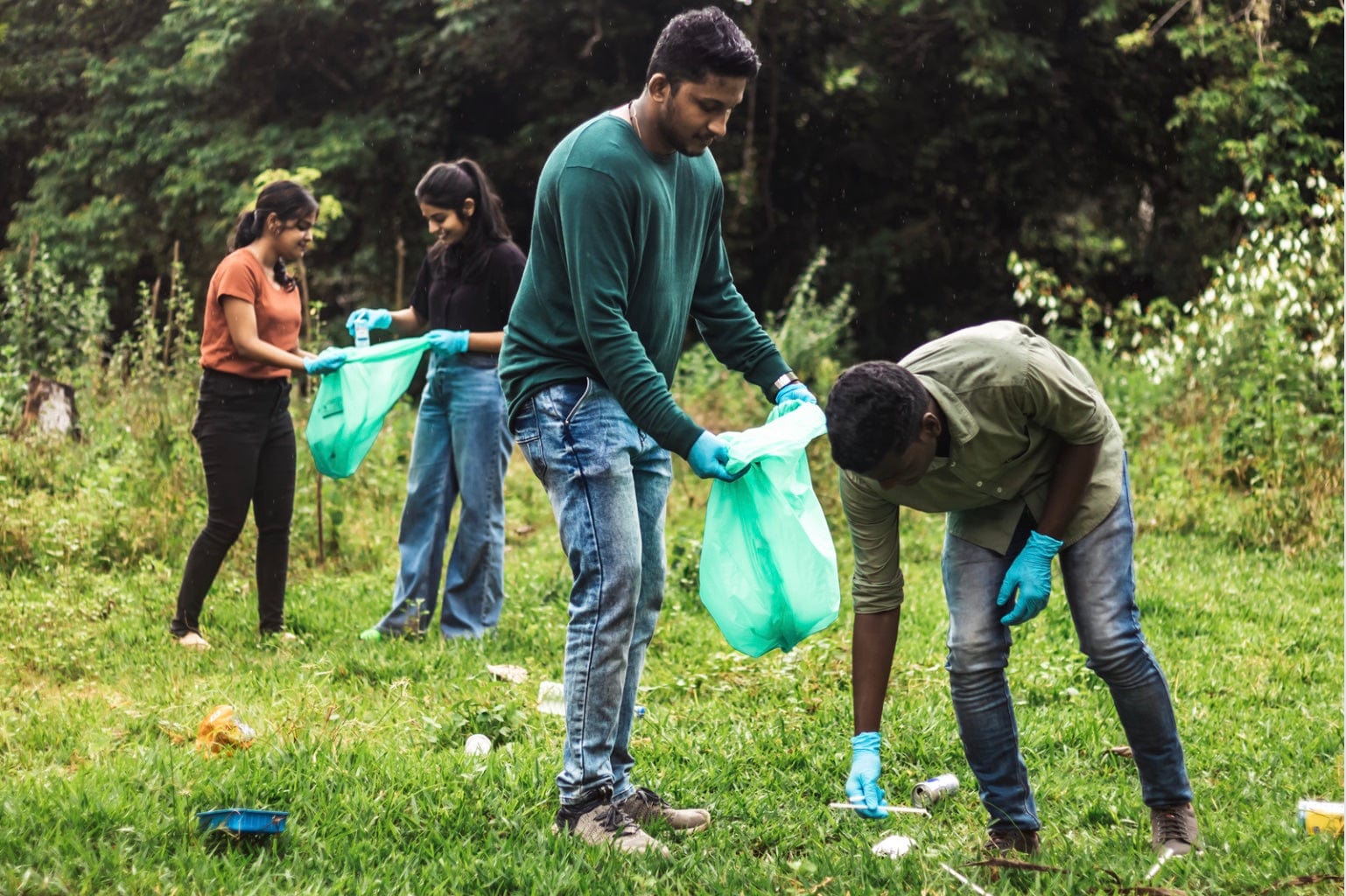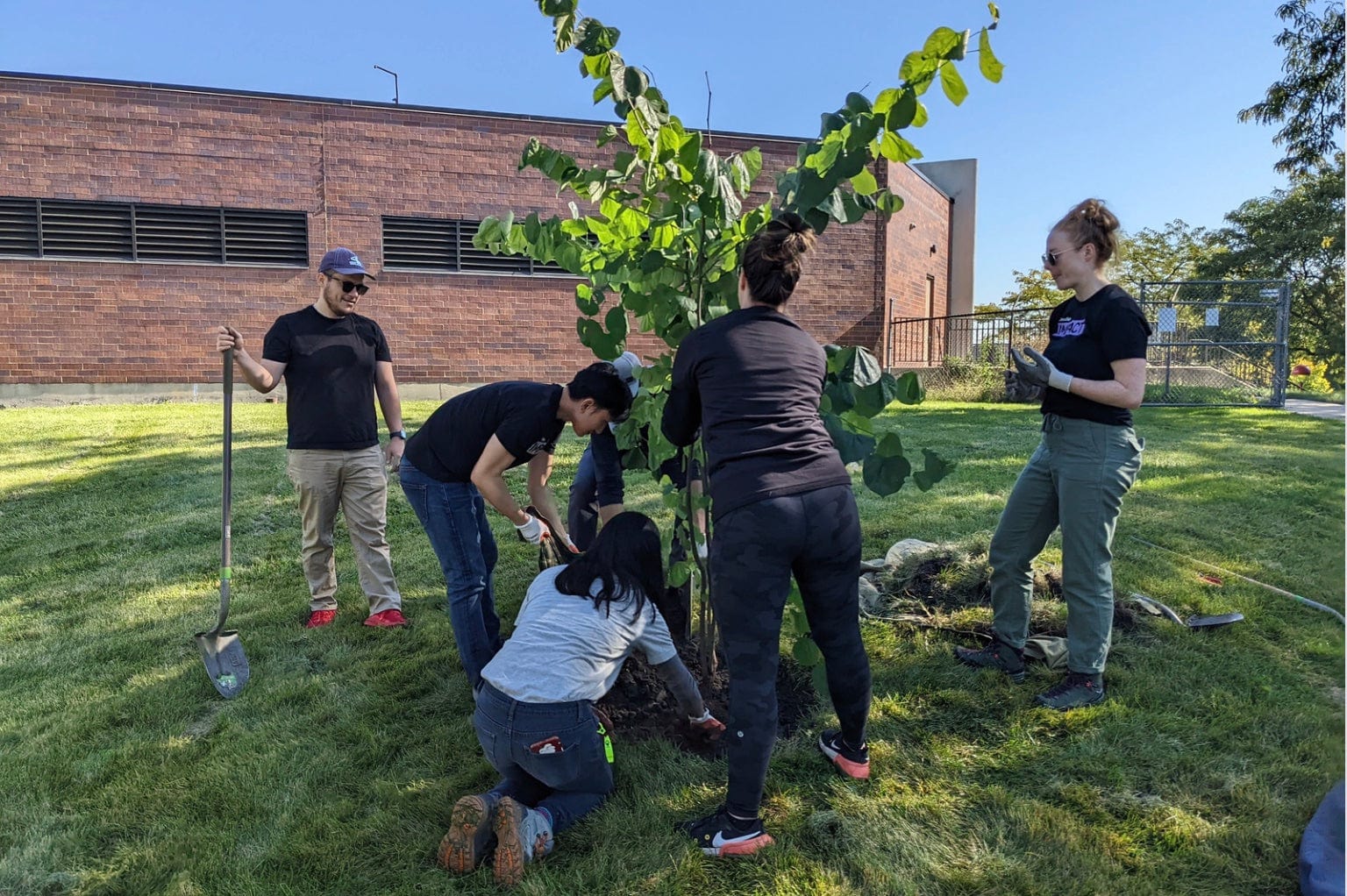How to Avoid Greenwashing in Your Sustainability Initiatives

Click here to support reforestation
with your company.
Get news, updates, & event Info delivered right to your inbox:
How to Avoid Greenwashing in Your Sustainability Initiatives
We are at a unique crossroads in the sustainability space as it grows in popularity and consumers demand more sustainable action from companies. As a business exploring ways to meet its sustainability goals, it’s important to understand the definition of greenwashing and how to avoid it.
What is Greenwashing?
Greenwashing is an attempt to capitalize on the momentum around sustainability in consumerism through actions that may seem sustainable but fall short of meaningful impact. Greenwashing puts the responsibility of sustainable choices on the consumer in a way that makes it hard for individuals to distinguish between genuine action and companies that greenwash.
What are the different types of greenwashing?
Not only can it be difficult to spot greenwashing, but greenwashed products often go unnoticed because greenwashing can materialize in different forms. Here are a few examples of different types of greenwashing to keep an eye out for, and how to spot them:

Greenlabeling
Greenlabeling refers to companies using labels on products without substantiated claims to back them up as a way to market their products to an environmentally conscious audience. For example, a product could be sold in packaging that would imply it’s sustainable with recycling logos and green coloring which would give the consumer the impression that it is a sustainable choice, when that is not the case.

Greenrinsing
Greenrinsing refers to when companies make vague claims, but continually shift their goals to deflect accountability.

Greenlighting
Greenlighting is similar to gaslighting in that it refers to companies that will heavily market a small aspect of sustainability as a way to distract from other more harmful actions they are continuing.

Greencrowding
Greencrowding is used to hide environmental harm by emphasizing low goals with little impact that are often talked about a lot but pushed down the line. Companies will often do this by taking small action in related ways, rather than addressing their own environmental impact.

Greenshifting
Greenshifting occurs when companies with a direct negative environmental impact will push consumers to take responsibility for their small actions. One example of this is when companies that sell products with a lot of packaging campaign for their consumers to reduce waste, rather than reduce waste themselves.

Greenscamming
Greenscamming refers to attempts to show environmental action by creating organizations that look and sound like non-profits, but that are actually serving the interests of the company. This is why it’s important to do your research before partnering with anyone!
How to avoid greenwashing?
Avoiding greenwashing is important, especially when you want to be able to celebrate your impact with your audience. You can avoid claims of greenwashing by taking a diverse approach across your operations and ensuring that you are genuinely making an effort to reduce your impact. Sustainability is about continuous effort and improvement, and doing what you can to make an impact. There are so many different ways we can make an impact, and taking an integrated approach across all aspects of your business will lead to a stronger overall impact.
Incorporating sustainability into your business model through reliable partnerships with organizations like One Tree Planted is one way to ensure you are not greenwashing. By relying on experts, you can ensure that your impact is genuine, and traceable. Here are a few things to consider when planning your sustainability goals:

Set Goals
Set short-term goals with tangible impacts that you can share with your audience to help build trust. For example, when you support one of our reforestation projects, you will receive an impact report highlighting your work, which you can share in a timely manner to demonstrate that you are doing what you said you would do.

Work With Organizations
Work in partnership with organizations like One Tree Planted to take the guesswork out of establishing credibility and impact. As experts in the reforestation space, we are able to ensure that your dollars will make a difference right from the start.

Incorporate Sustainability
Incorporate sustainability into different aspects of your operations, from front-facing campaigns to employee engagement. It’s important to consider your impact from multiple angles and show that you are taking action across the board.
Here at One Tree Planted, we are committed to storytelling and sharing impact, and it’s our goal to help you do the same. Sustainability doesn’t have a one size fits all answer that works for everyone, and we are here to help you make it happen.
Regardless of what shape your campaign takes, by partnering with One Tree Planted, you can be assured that planting trees will help to restore forests that have been degraded or deforested, provide jobs for social impact, and restore biodiversity habitat.
Click here to support reforestation
with your company.
Get news, updates, & event Info delivered right to your inbox:
Related Posts
How Decom Solar Supports Nature-Based Solutions Beyond the Grid
17/12/2025 by One Tree Planted
Play to Plant: How Humble Bundle is Supporting Reforestation Throughout Earth Month
01/04/2025 by Meaghan Weeden
Planting Urban Trees Around the World with Microsoft
04/02/2025 by Meaghan Weeden
Popular On One Tree Planted
Planting Trees Around the World With AstraZeneca
29/06/2023 by Meaghan Weeden
Small World Spotlight: Circling back with Oliver Wyman
15/01/2023 by Ariel Canie
5 Fashion Brands that Plant Trees for Environmental Impact
28/09/2022 by Ariel Canie
Fundraising Disclosures

Be Part of the Restoration Movement
The Grove is more than just a monthly giving program: it's a vibrant community of individuals who are dedicated to reforestation and environmental restoration on a global scale.





